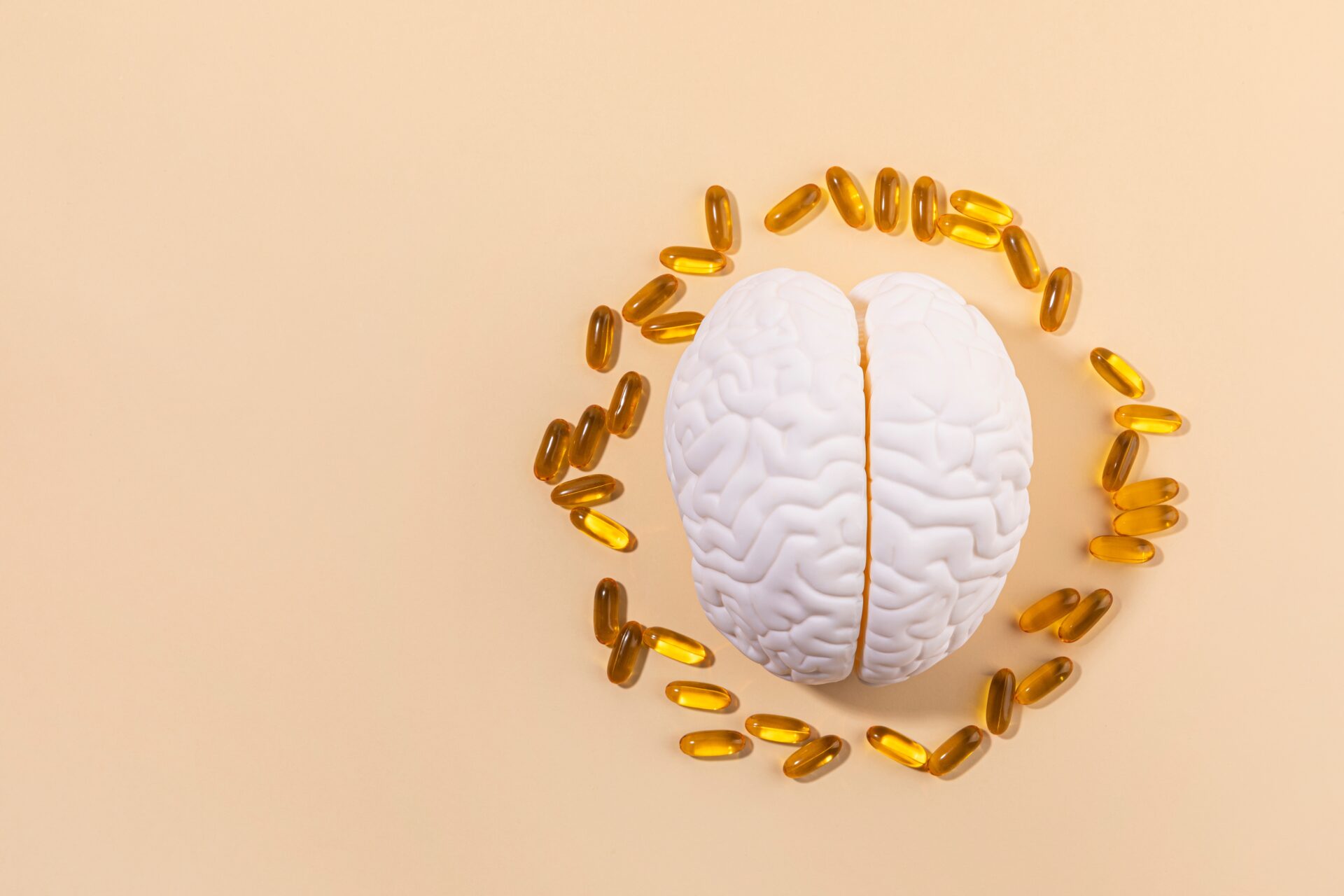The Role of Fatty Acids in Supporting Brain Health
The human brain is approximately 60% fat, and because of this, healthy fat consumption is essential for overall brain health. Fats come in various shapes and sizes, with physical features that determine their effects in the body. Saturated fats, also called saturated fatty acids, tend to be solid at room temperature due to their shape. It allows them to pack closely together, resulting in a solid composition. Unsaturated fats, on the other hand, tend to be liquid at room temperature. Their structure makes it difficult for them to pack together, so they do not fit together well, leaving space between molecules.
Omega-3 fatty acids are a type of unsaturated fatty acid that have many benefits in the body, mainly due to their anti-inflammatory effects. They can promote healthy inflammation by producing anti-inflammatory mediators that can help resolve inflammation and block the production of inflammatory mediators. These anti-inflammatory effects can benefit many body parts, including the heart, eyes, joints, and brain. Importantly, omega-3 fatty acids help the brain during every stage of life, from supporting fetal development to preventing dementia later in life.1
While omega-3 fatty acids tend to be healthy when consumed in moderation, omega-6 fatty acids often have the opposite effect. The body uses omega-6 fatty acids to make compounds that promote inflammation. However, the body requires both omega-3 and omega-6 fatty acids. Their ratio impacts the overall effect, with a high ratio of omega-6 to omega-3 fatty acids resulting in a more inflamed environment, while a lower ratio of omega-6 to omega-3 fatty acids promotes the resolution of inflammation. Unfortunately, the ratio of omega-6 to omega-3 fatty acids in the Standard American Diet is about five times more than the recommended ratio. This overconsumption of omega-6 fatty acids relative to omega-3 fatty acids can lead to inflammation throughout the body, including the brain.
Omega-3 fatty acids are essential for various brain functions and overall brain health. They are a structural component of different cells in the brain, including neurons, and are protective against cellular death. They also exert anti-inflammatory effects. Inflammation in the brain, also called neuroinflammation, can lead to a variety of negative health effects and has been linked to a variety of cognitive issues ranging from sleep disorders to Alzheimer’s disease.2,3
Scientists have discovered that while omega-3 fatty acids are healthy for the brain, specific fatty acids exert unique effects. Docosahexaenoic acid (DHA) is critical for brain development, while eicosapentaenoic acid (EPA) is useful for balancing mood and emotions and improving behavioral conditions.4 Practically, combining DHA and EPA supplements can deliver the benefits of both omega-3 fatty acids. Highly rigorous scientific studies have shown that DHA and EPA can be beneficial in a variety of cognitive and behavioral conditions, including attention-deficit/hyperactivity disorder (ADHD), autism spectrum disorder, depression, and bipolar disorder.4
1.Dighiri, I.M., Alsubaie, A.M., Hakami, F.M., Hamithi, D.M., Alshekh, M.M., et al. (2022). Effects of Omega-3 Polyunsaturated Fatty Acids on Brain Functions: A Systematic Review. Cureus, 14(10):e30091.
2.Wen, J., Satyanarayanan, S.K., Li, A., Yan, L., Zhao, Z., et al. (2024). Unraveling the impact of Omega-3 polyunsaturated fatty acids on blood-brain barrier (BBB) integrity and glymphatic function. Brain Behav Immun, 115:335.
3.McNamara, R.K., Carlson, S.E. (2006). Role of omega-3 fatty acids in brain development and function: potential implications for the pathogenesis and prevention of psychopathology. Prostaglandins Leukot Essent Fatty Acids, 75:329.
4.Kidd, P.M. (2007). Omega-3 DHA and EPA for cognition, behavior, and mood: clinical findings and structural-functional synergies with cell membrane phospholipids. Altern Med Rev, 12(3):207.






